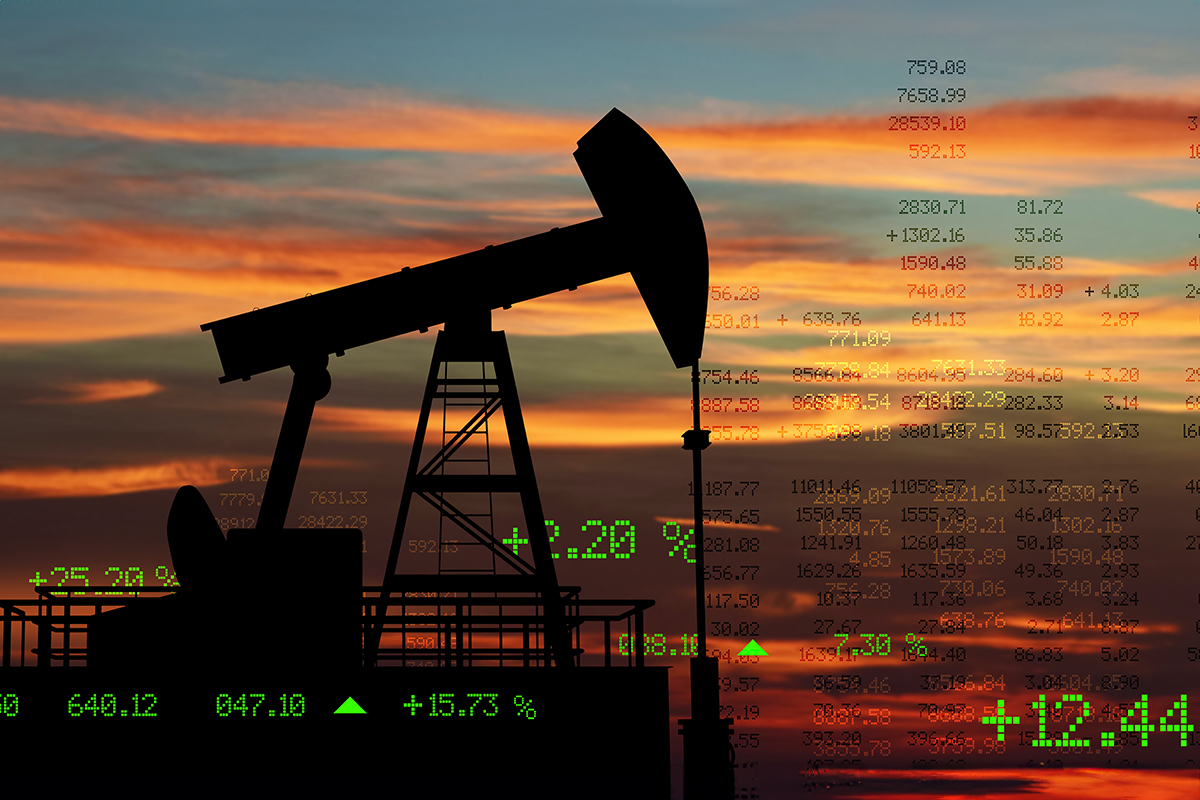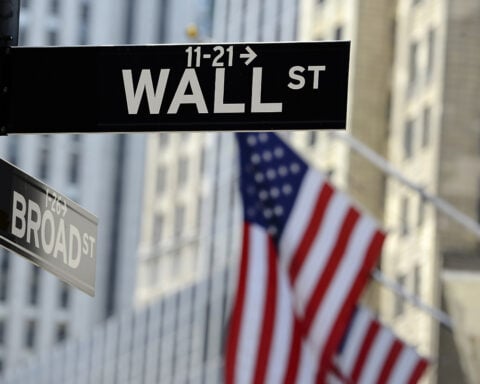Wall Street showed mixed signals on Monday as the rise in oil prices continued, intensifying concerns about inflation.
In the afternoon, the S&P 500 experienced a slight increase of 0.2% after its consecutive losses over the last two weeks. The Dow Jones Industrial Average went up by 81 points (0.2%) reaching 34,698 by 12:16 p.m. Eastern, while the Nasdaq composite also showed a 0.2% increase.
The stock market has been unpredictable since the beginning of August, with questions arising about the Federal Reserve’s approach to interest rate hikes. While these increases have eased the inflation highs seen last summer, they have also influenced stock prices and slowed economic growth.
The consensus among traders is that the Fed will maintain the current interest rates in their upcoming meeting, concluding on Wednesday. All eyes will be on the predictions from Fed officials about the future direction of interest rates, the economy, and employment.
Market participants are particularly keen to know the Fed’s projections on its principal interest rate for the year. Based on CME Group’s data, there’s about a 40% likelihood of another rate hike in November or December.
Another area of interest will be the Fed’s stance on potential rate cuts next year. Such reductions are typically favourable for financial markets. Goldman Sachs’ economists anticipate the Fed hinting at a complete 1% rate cut in 2024, following one more increase this year to between 5.50% and 5.75%.
Concerns linger about sustaining higher rates to achieve the Fed’s inflation target of 2%. Despite some positive signs regarding inflation, rising oil prices have muddied the waters. U.S. crude oil prices climbed 1.3% on Monday to $91.95 per barrel, a notable jump from its $70 price in July. Brent crude, the global benchmark, rose to $94.68 per barrel with an increase of 0.8%.
A key factor in last month’s accelerated inflation from 3.2% to 3.7% was the price surge in gasoline and other fuels.
This uptick, paired with the potential for persistent high rates, has influenced Treasury yields in the bond market. The 10-year Treasury yield marginally dropped to 4.32%, while the two-year yield (more reflective of Fed expectations) increased to 5.05%.
Economic recession fears persist, though they’ve been alleviated by consistent positive economic and employment reports. There are concerns about the inversion in bond yields, with short-term yields surpassing long-term yields – a historical precursor to recessions.
Additionally, Doug Ramsey of The Leuthold Group highlights the leading economic indicators index. If this index’s six-month rate shows a decline of 3% or more, it’s typically linked to a recession. A similar signal was seen in June 2022, indicating a potential recession soon.
In corporate news, Clorox’s stock fell by 0.6% due to disruptions from a cyberattack, while both Ford and General Motors faced declines owing to an ongoing strike by the United Auto Workers. On the other hand, energy stocks like Valero Energy and Marathon Petroleum benefited from rising oil prices, each gaining at least 1.5%.
Internationally, concerns over China Evergrande’s troubled situation led to a 1.4% drop in Hong Kong’s Hang Seng index. Other Asian and European indices also experienced downturns.
Global financial landscapes seem to be at a critical juncture, with Wall Street exhibiting uncertainty and overseas markets reflecting the tremors of corporate and geopolitical developments. As traders and investors await the Federal Reserve’s direction and navigate challenges from rising oil prices to potential recessions, the coming months promise to be a litmus test for economies and corporate giants alike.







